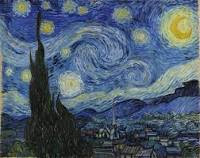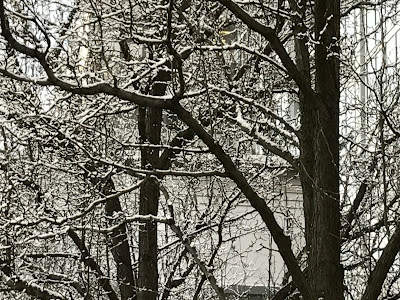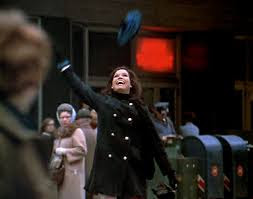Mappiness
In a few minutes I’ll bundle up and take to the streets. It will be my lunch break and I’ll spend it walking in the suburbs. No surprise there. But what is news, at least to me, is how much scientific evidence there is to back up my hobby/exercise/obsession.
In 2010, a British environmental economist named George MacKerron created an app called Mappiness that allowed him to check in with 20,000 volunteers several times a day and ask them what they were doing and how they felt about it. The data he collected showed that people are significantly happier when they’re outdoors — even when other variables are accounted for.
Great news, right? Unfortunately, he also found that people are indoors or in vehicles 93 percent of the time. So even though we’re happiest outside, we spend most of our time inside.
What to do? Another researcher, Timothy Beatley of the Biophilic Cities Project at the University of Virginia (which I’ve just been reading about and will definitely discuss some day in a separate blog post), says we need daily doses of nature: everything from New York City’s High Line to the little park around the corner. We can’t let the perfect (a hike in Yosemite) be the enemy of the good (a walk around the block).
It’s always tough to parse the value of the walks I take, to figure out how much of their benefit comes from moving through space and how much from the space I’m moving through. All I know is that the woods and trails around my home and the parks I frequent in the city are far more than backdrops; they are mood-enhancing and soul-stirring. They are the stars of the show.
(Thanks to Ellen for sending me the Wall Street Journal article where I learned about this research.)









